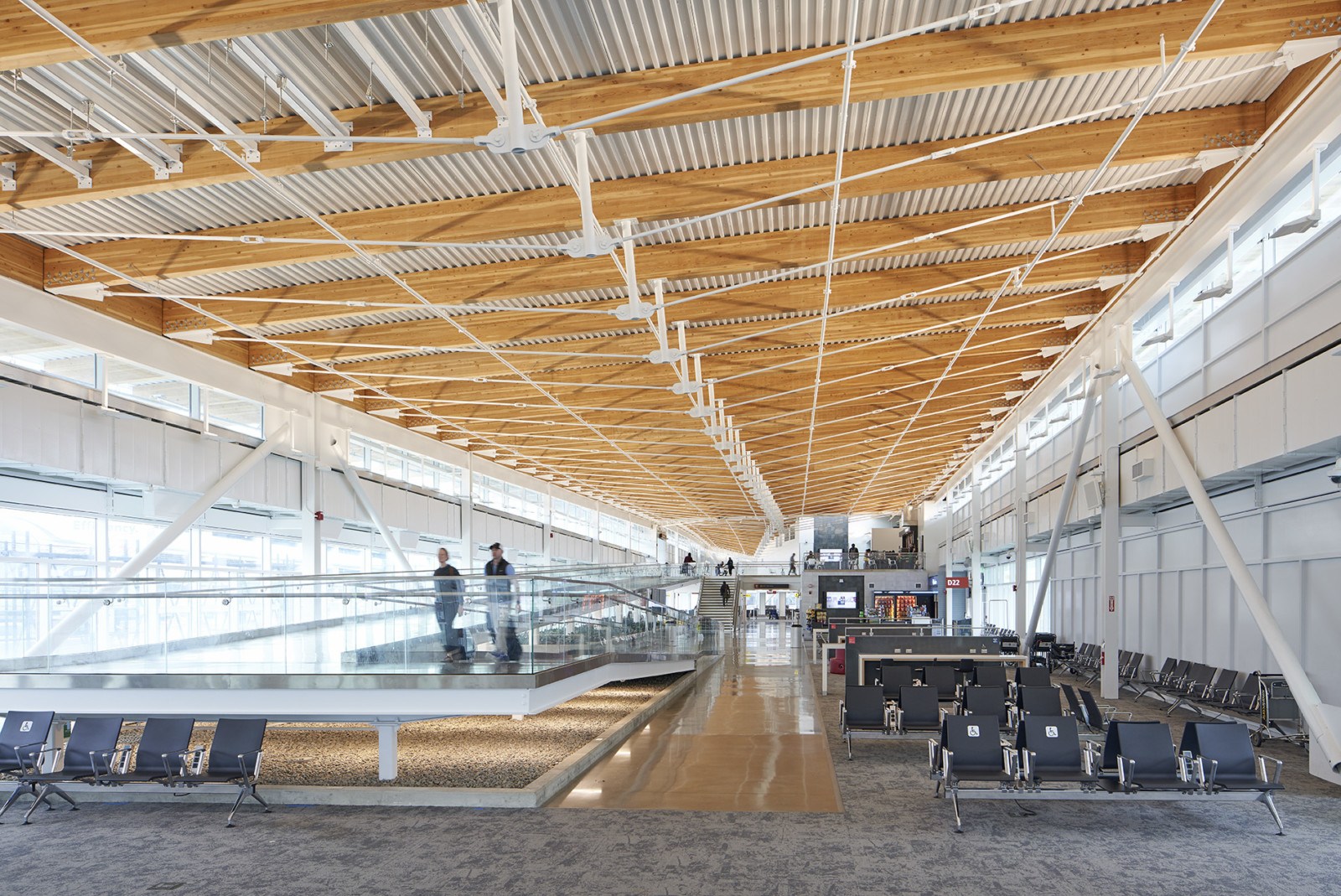The Structural Engineering (SE) 2050 Commitment calls on the architecture, engineering and construction industry to understand, reduce and eliminate embodied carbon in structural systems by 2050.
HOK’s Engineering group is proud to announce that HOK has joined the SE 2050 Commitment Program to reduce and eliminate embodied carbon in structural systems by 2050.
Embodied carbon represents the greenhouse gases required to manufacture and transport building materials. It is an increasingly important measure of structural systems, which can account for more than half of the embodied carbon in a building project due to their reliance on concrete and steel.
The SE 2050 Commitment Program provides tools and strategies to help architecture, engineering and construction firms meet the carbon neutrality goals of the SE 2050 Challenge. The program comprises four areas: education, reporting, embodied carbon reduction strategies and advocacy.
Like the AIA 2030 Commitment, which establishes goals for reducing the operational energy required to power buildings, SE 2050 would gradually reduce the embodied carbon in structural systems until they are fully replaced by renewables and other sources by 2050.
“The SE 2050 Commitment Program gives us targeted goals and strategies for reaching an important milestone for our industry and our planet,” said Engineer Practice Leader Claire Moore, who signed HOK’s letter to join SE 2050.
In joining the SE 2050 Commitment, HOK has pledged to report an Embodied Carbon Action Plan each year that will be made public on the SE 2050 website and submit annual project data into the SE 2050 database.
While SE 2050 targets structural engineers, se2050.org features tools and resources that can help all project teams understand and reduce embodied carbon. These include the Embodied Carbon Estimator (ECOM) and environmental product declarations (EPDs) for different materials.
